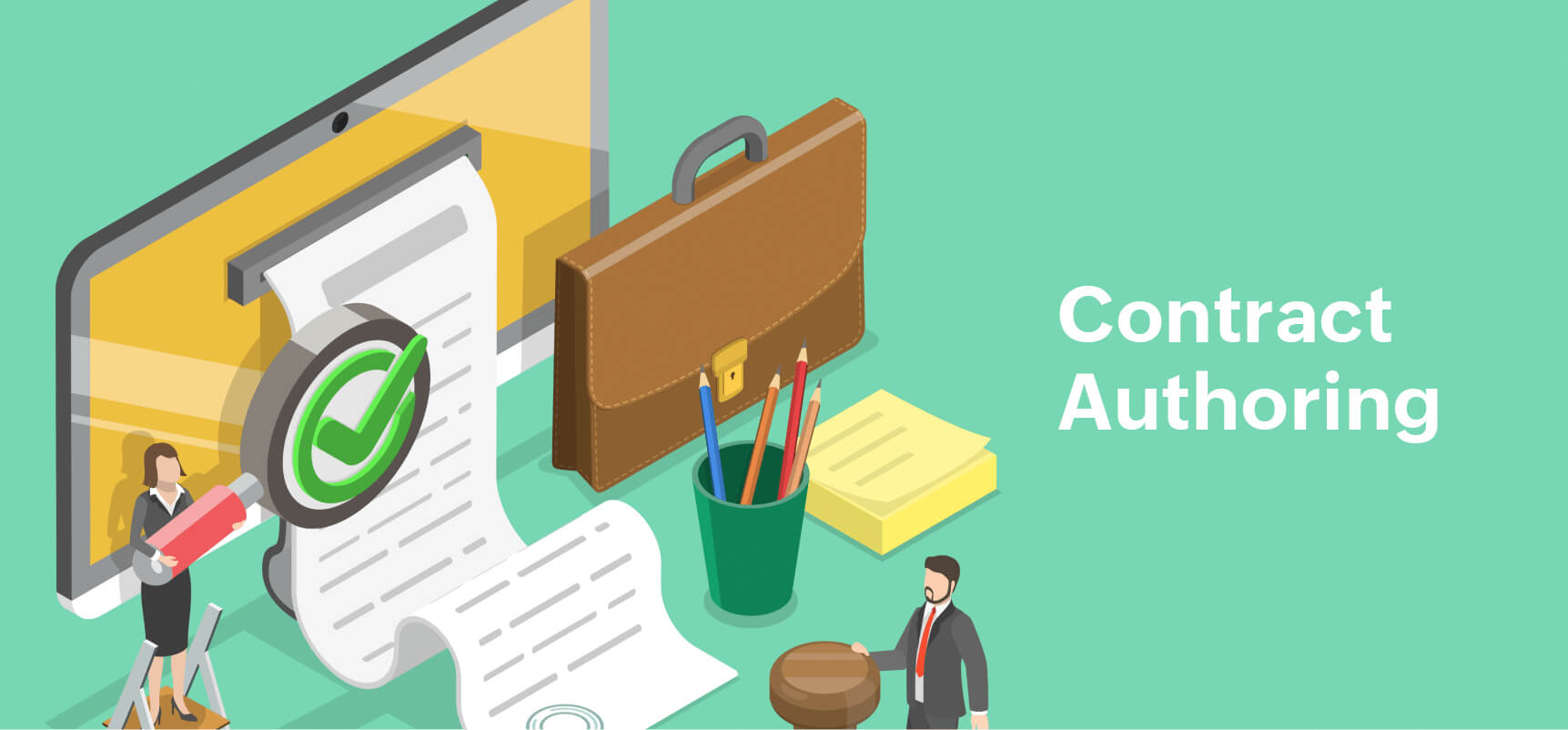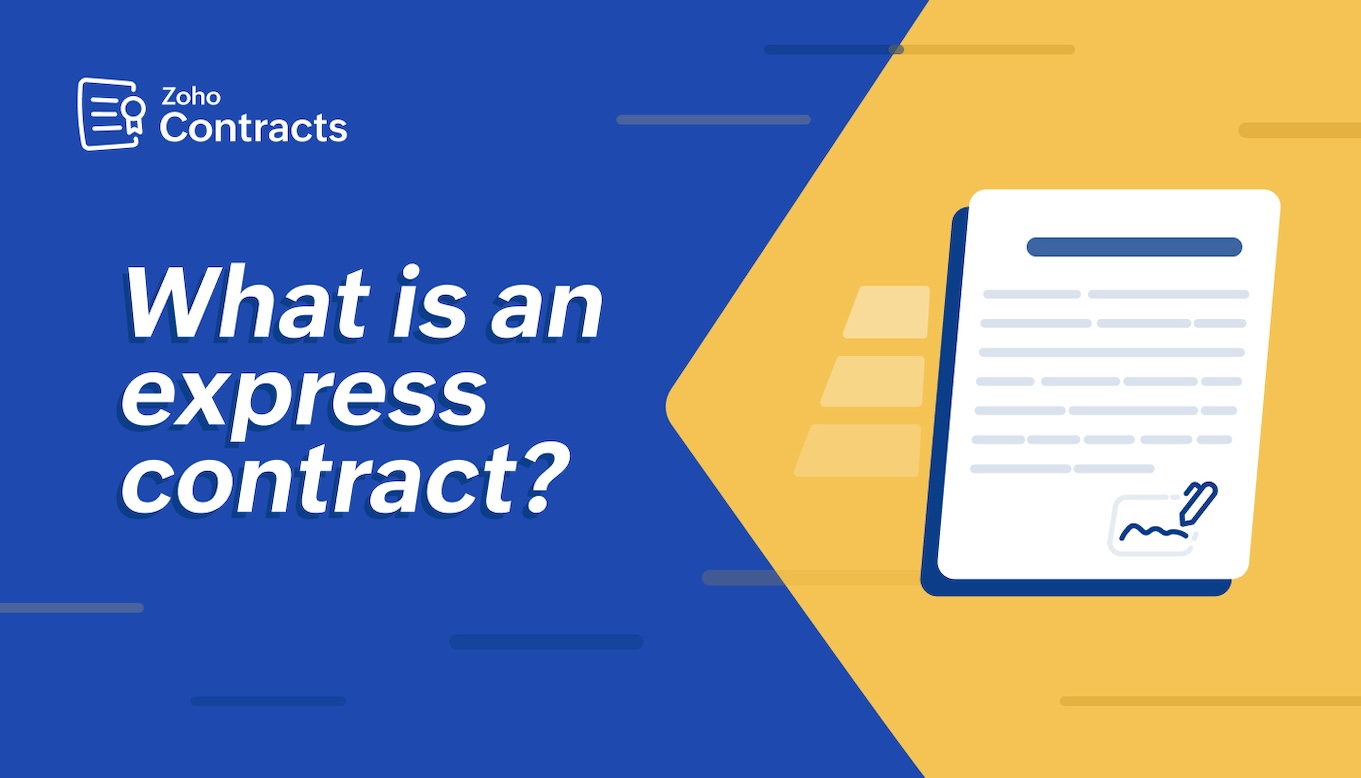- HOME
- Contract Management
- Contract creation: The 3 best practices you can't miss
Contract creation: The 3 best practices you can't miss
- Last Updated : November 9, 2023
- 1.1K Views
- 4 Min Read

Contract creation and its importance
Well-drafted contracts are at the core of any solid business relationship. They play a central role in protecting the interests of the parties involved and establishing the scope of any commercial relationship.
When creating contracts, authors must be clear and concise with all aspects of a business deal, as every contractual term written in an agreement has a legal impact.
Poorly drafted contracts can lead to ambiguity and misunderstandings that can derail trade. Additionally, authoring mistakes may result in burdensome financial costs and even damage the reputation of brands.
Crafting a streamlined contract creation process is one of the most significant aspects of effective contract management. Without such a process, even contract authors with strong contractual and contextual knowledge might overlook minor concerns that could result in major consequences.
In this blog post, we'll explore three critical attributes in the contract creation process that can drastically reduce the chances of risk while bringing down operational costs and improving contract performance.
1. Templatization
Contract templates speed up contract creation. Generally, contract managers hold a set of contract templates for commonly used contract types. Using these templates, contract owners can quickly create contracts by adding and modifying required contract information based on the agreement they are about to enter.
Contract templates, while outlining standard clauses and terms, do the following:
Eliminate the need to create a contract from scratch every time.
Reduce the chance of human errors at the time of authoring.
Allow easy introduction of organization-wide policy changes.
Help ensure consistent language across all contracts.
Empower any individual with limited legal expertise to author contracts.
Traditionally, businesses manage their templates using multiple tools, such as shared drives and spreadsheets. But, managing templates across disparate systems exposes businesses to several risks. Taking the following measures can help mitigate the risks and have better control over business contracts:
Periodically check and update language in the templates to the latest industry standards.
Ensure that contract authors access the latest template for contract authoring and don't copy from past contracts with outdated language.
Encourage contract authors to capture language deviations from the standard language in a contract.
Design approval workflows with required stakeholders for high-impact/high-value contracts.
2. Clause management
Clauses are the building blocks of any contract template. Efficiently managing your contract clauses can significantly improve your contract management process. Here are the three ways to achieve it.
Standard clause library: Having a standard clause library with legally approved languages for commonly used clauses helps mitigate business risks and improve compliance. It also facilitates reusability and scalability. Further, associating multiple alternate language options to each clause eliminates the need for duplicating templates for minor changes in the nature of engagement.
Clauses and contractual obligations: Clauses are closely associated with contractual obligations. Every obligation in a contract is essentially defined in a specific clause. One good practice that contract authors can follow is to extract the obligations associated with each clause, make a list, and hand it over to the delivery team after contract execution. This makes it easy for them to keep track of the obligations, assign them to the respective business owners, and fulfill them.
Claused-based analytics: Managing clauses in a digital platform helps derive clause-based insights at a granular level. With analytical insights on clause usage, admins can quickly do an impact study before introducing organization-wide policy changes.
3. Collaboration and peer review
Though the predefined templates and standard clause library ensure quick and effective contract creation, a contract owner will still need the support of peers to check the accuracy of critical contract information and other engagement-specific nuances.
Collaborating with peers or other members brings a broader skillset to refine contractual terms and save substantial time lost in approval or negotiation cycles.
Collaboration doesn't just enable co-authoring—it also promotes peer-reviewing. So, when authoring high-value contracts, you can include stakeholders with required access permission to review the contract terms. This allows them to stay aware of potential risks and opportunities in the contract document very early.
Also, when collaborating over any word processor, ensure the tool captures all changes and supports version control for available documents. This helps avoid confusion and miscommunication during the review process.
Wrapping up
Contract creation through the traditional approach is tedious because it requires consistent maintenance of multiple tools. This introduces operational challenges and increased costs, causing organizations to spend excessive resources on contract creation compared to the value gained from it. However, if you currently don't have a digital strategy in your roadmap, following these practices will help you improve your contract authoring process.
Modern technology advancements empower legal teams with robust contract management software that accelerates the contract creation process and promotes flawless contract lifecycle management (CLM) within a single platform. These CLM solutions enable contract creation with predefined templates powered by a standard clause library and advanced document assembly capabilities. They also promote real-time collaboration among peers with granular access permissions. Forward-looking businesses are investing in these digital strategies to improve operational efficiency and scale contract performance.
 Heleena
HeleenaHeleena is a writer based in Chennai, India.


